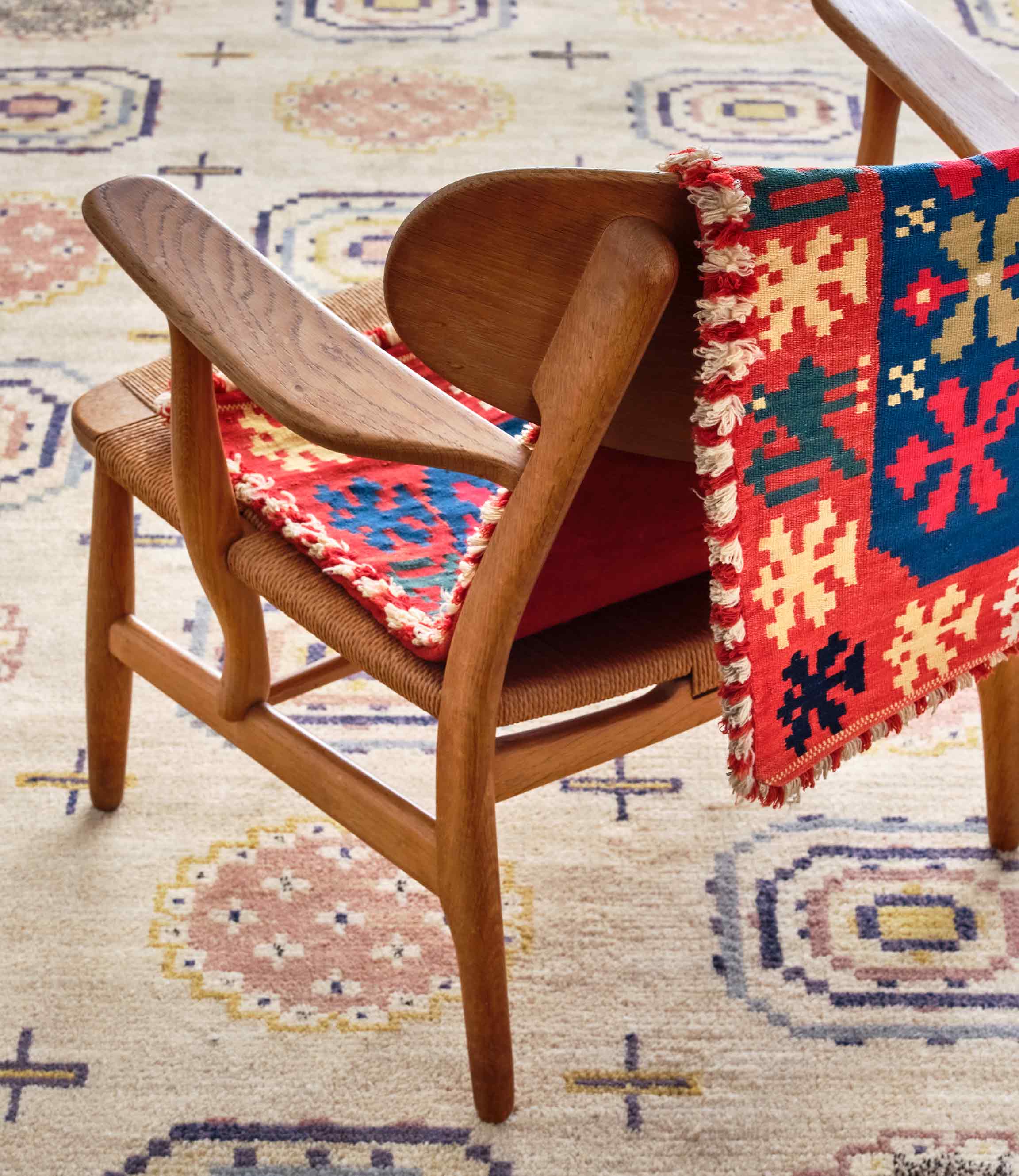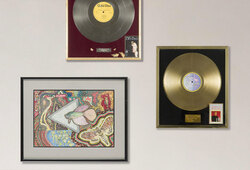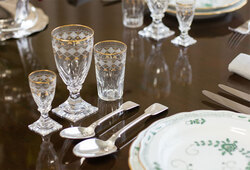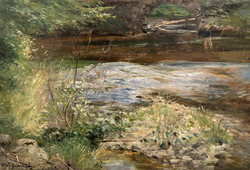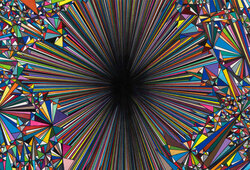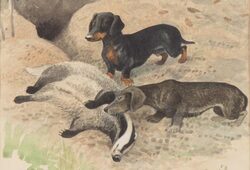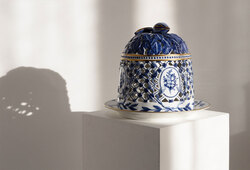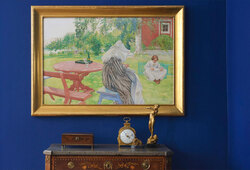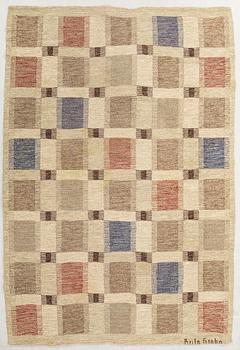Swedish Textile Treasures F450
Sweden's rich tradition of talented textile artists isn't solely influenced by its cold climate. Early interactions with Asia via the Vikings, and even earlier exposure to Oriental textile patterns, have played a significant role. Dating back to the Middle Ages, the 'rya' technique was used to create bed covers, reflecting Sweden's enduring relationship with textiles for both everyday use and special occasions.
This textile heritage is not confined to Sweden; it enjoys recognition internationally as well. In the 18th century, weaving techniques like 'rölakan', particularly prevalent in regions such as Skåne, Halland, and Blekinge, which were formerly part of Denmark, flourished. Scania, in particular, is renowned for its exquisite carriage cushions ('åkdynor'), cherished symbols of prosperity and often stored in chests for festive occasions.
Sweden's prominence in modern carpets and textiles can be attributed to various factors, including the emergence of household and textile education post-1850, which empowered women to sustain themselves through their craft. Moreover, international exhibitions, starting with the 1897 Art and Industry Exhibition in Stockholm, spurred innovation and cross-pollination of ideas among artists.
Throughout the first half of the 20th century, Swedish textile artists undertook significant commissions, such as embellishing iconic buildings like the Stockholm Court House (1916), Stockholm City Hall (1923), and M/S Kungsholm (1928). Their work remains a testament to Sweden's enduring legacy in the realm of textiles.
In the 20th century, Sweden continued to produce numerous skilled textile artists, many of whom are represented in this themed auction.
